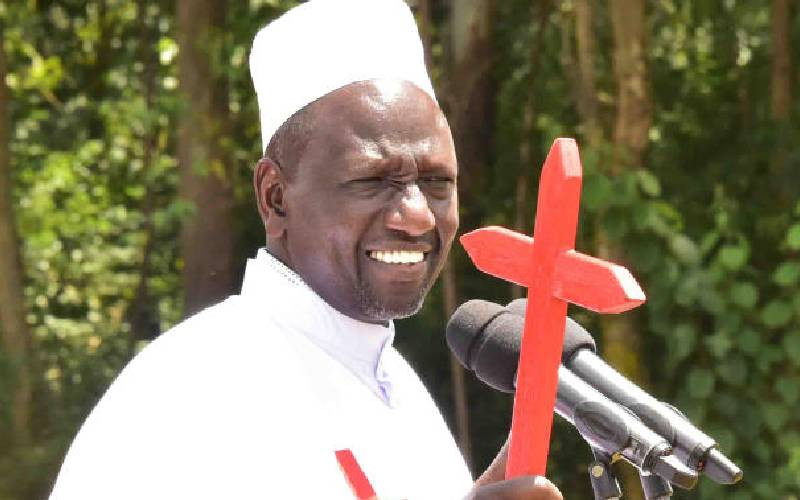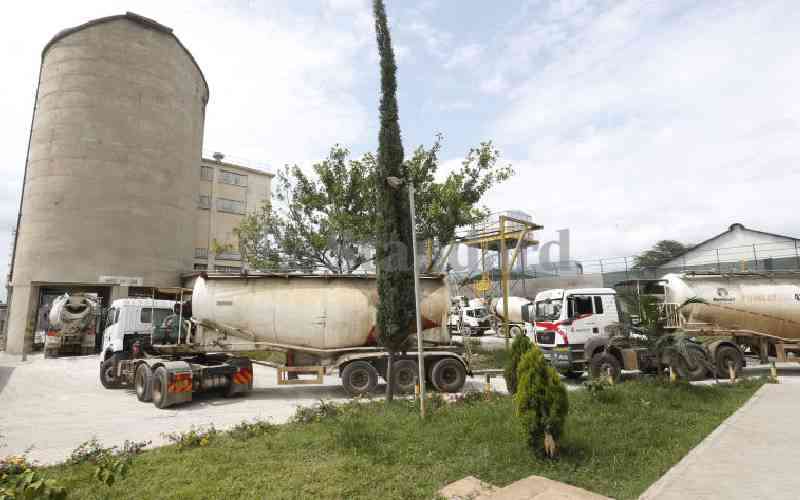BY JAMES ANYANZWA
KENYA: The Government plans to subsidise the cost of geothermal power production by more than 40 per cent as part of efforts to cushion households and businesses from high power tariffs.
Principal Secretary in the Ministry of Energy and Petroleum Joseph Njoroge says the State-owned Geothermal Development Company (GDC) will be allowed to charge only 2 US cents (Sh1.72) per kilowatt hour as opposed to the real cost of 3.5 US cents (Sh3.01) per kilowatt hour.
The proposed rates are expected to apply to a 140MW geothermal plant in Olkaria IV whose commissioning is scheduled for next month. Eng Njoroge accompanied by Cabinet Secretary Davis Chirchir told the parliamentary Public Investment Committee (PIC) last week that the Government plans to lower the cost of power to the consumers to as low as 7 US cents (Sh6.02) per kilowatt hour from a high of about 19 US cents (Sh16.34) per kilowatt hour.
If implemented, the proposal would be a major reprieve to Kenyans whose power bills have hit the roof with fears that the matter could get worse following Kenya Power’s application to the Energy Regulatory Commission (ERC) for a tariff review to shore up its wobbling cash flow position.
Installed capacity
The announcement also comes at time when the long standing jurisdictional dispute between KenGen and GDC over the ownership of drilling wells has been put to rest. The Government confirmed that the vesting of wells have been transferred to the GDC.
The reduction in power prices is expected to lower the cost of doing business and make Kenya a competitive investment destination. “I have conferred the vesting of wells to GDC. The transfer process has started and we have already signed the agreement,” said Njoroge. “I think the intention of forming GDC was very well thought out. The real cost of steam is 3.5 US cents per kilowatt hour but GDC will only be charging 2 US Cents per kilowatt hour for steam because GDC gets its funding from the exchequer.”
Kenya has an installed capacity of 1.48 GW with an estimated 57 per cent being hydropower, 32 per cent thermal and the rest comprising of geothermal and emergency thermal power. However, hydropower has ranged from 38-76 per cent of the generation mix due to poor rainfall. Thermal energy sources have been used to make up for the shortfall, varying between 16-33 per cent of the mix.
Current electricity demand is 1,191 MW and is projected to grow to about 2,500MW by 2015 and 15,000 MW by 2030. To meet this demand, Kenya’s installed capacity is expected to grow gradually to 19,200 MW by 2030.
Over-reliance on erratic hydropower and emergency power from diesel-driven generators has increased power bills, rendering the country an expensive destination to the investors in terms of the cost of doing business. However, exploiting geothermal energy requires heavy initial capital investment, a factor that has scared off some investors. The upfront costs of drilling wells are still significant. It is estimated that the cost of drilling one well generating 5MW of power stands at $6.5 million (Sh559 million).
The Government has so far invested $280 million (Sh24 billion) in drilling steam wells in Olkaria. Kenya plans to tap at least 5,000 MW of geothermal power to wean the country off unreliable hydropower.
The capital intensive nature of the business and the inherent risk of drilling wells which turn out dry have in the past been cited as among key reasons why the private sector has shied away from investing in geothermal power generation.
The Government expects to generate an additional 5000MW of power to the national grid in the next 40 months through power mix such as geothermal, coal and liquefied natural gas which are relatively cheaper compared to heavy fuels and diesel. KenGen is in the process of developing an estimated 560MW of geothermal power at Olkaria while the 100 per cent State-owned GDC is developing 100MW in Menengai.
Private sector
Stay informed. Subscribe to our newsletter
KenGen has been the major player in electricity generation and accounts for upwards of 80 per cent of power consumed in the country. The Government is also inviting bids from private sector investors to take up power generation projects with hopes of transferring the benefits of bulk power production to consumers through reduced electricity tariffs. But in as much as the private sector will play an increased role, the Government says it will cap prices bring electricity costs down.
The private sector generates 900MW to 1,000MW of coal power in Lamu, 700MW to 800MW of power using liquefied natural gas at Dongo Kundu in Mombasa and 900MW to 1,000MW of coal power at Mui Basin in Kitui Country.
[email protected]
 The Standard Group Plc is a
multi-media organization with investments in media platforms spanning newspaper
print operations, television, radio broadcasting, digital and online services. The
Standard Group is recognized as a leading multi-media house in Kenya with a key
influence in matters of national and international interest.
The Standard Group Plc is a
multi-media organization with investments in media platforms spanning newspaper
print operations, television, radio broadcasting, digital and online services. The
Standard Group is recognized as a leading multi-media house in Kenya with a key
influence in matters of national and international interest.
 The Standard Group Plc is a
multi-media organization with investments in media platforms spanning newspaper
print operations, television, radio broadcasting, digital and online services. The
Standard Group is recognized as a leading multi-media house in Kenya with a key
influence in matters of national and international interest.
The Standard Group Plc is a
multi-media organization with investments in media platforms spanning newspaper
print operations, television, radio broadcasting, digital and online services. The
Standard Group is recognized as a leading multi-media house in Kenya with a key
influence in matters of national and international interest.






